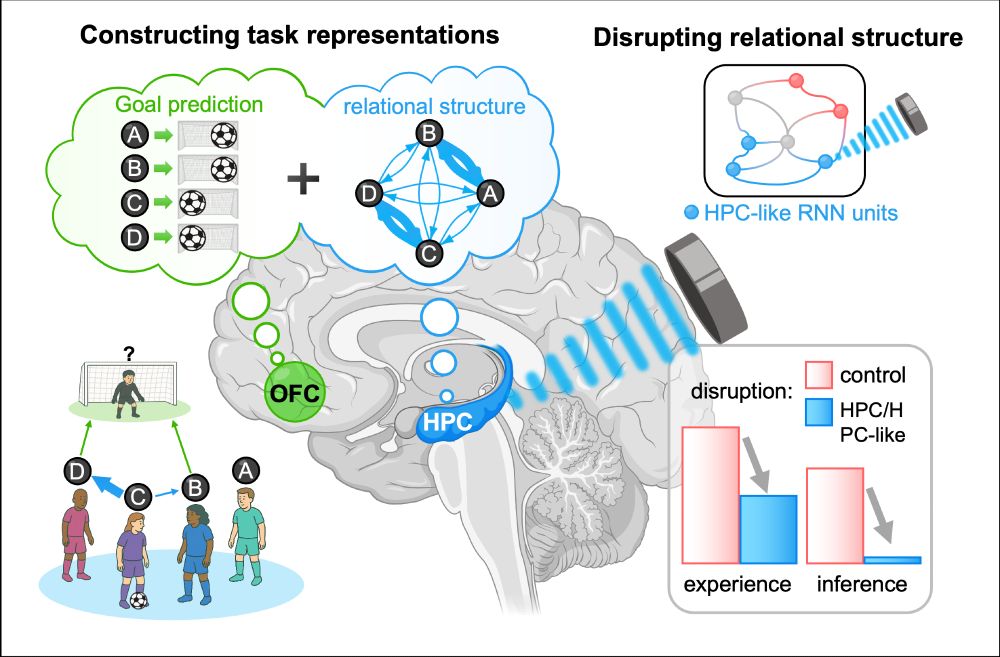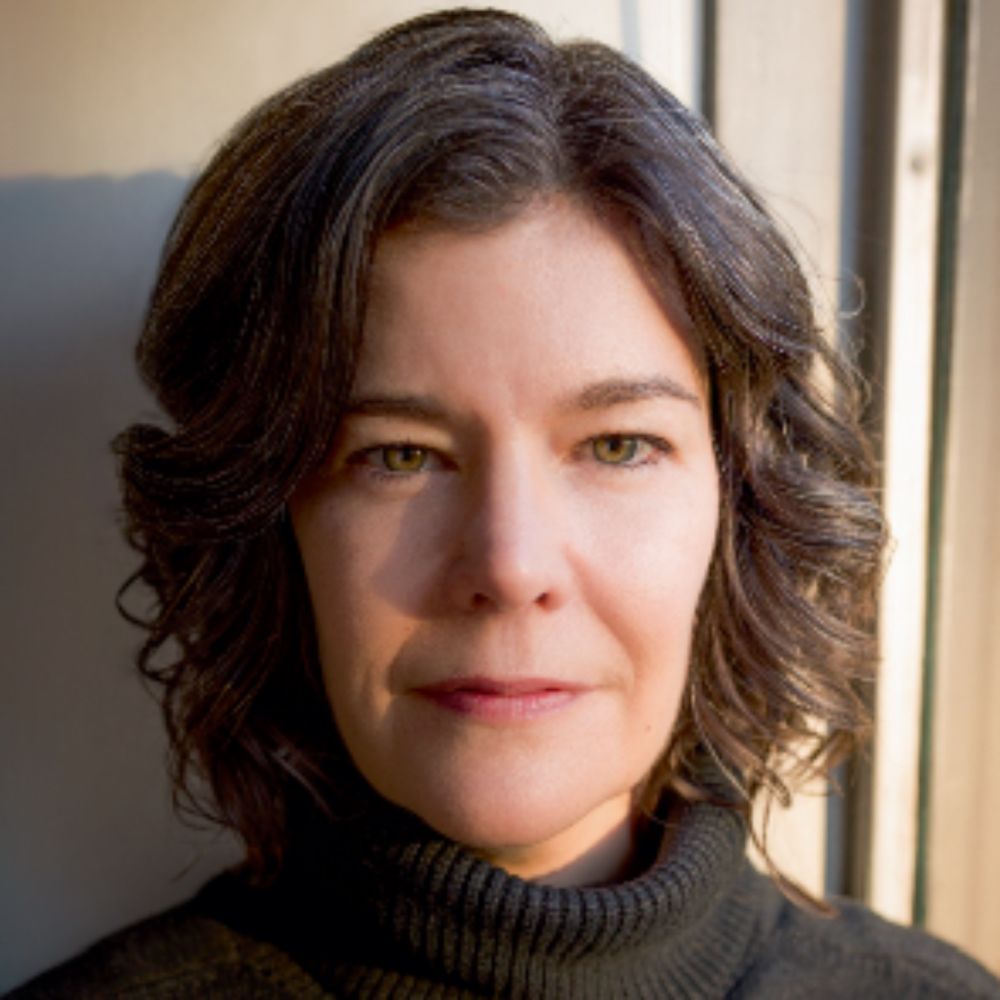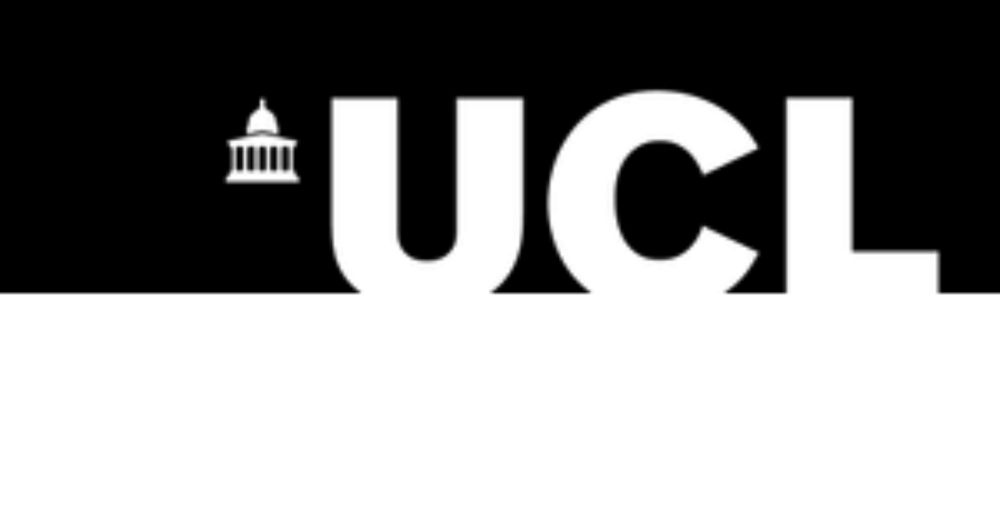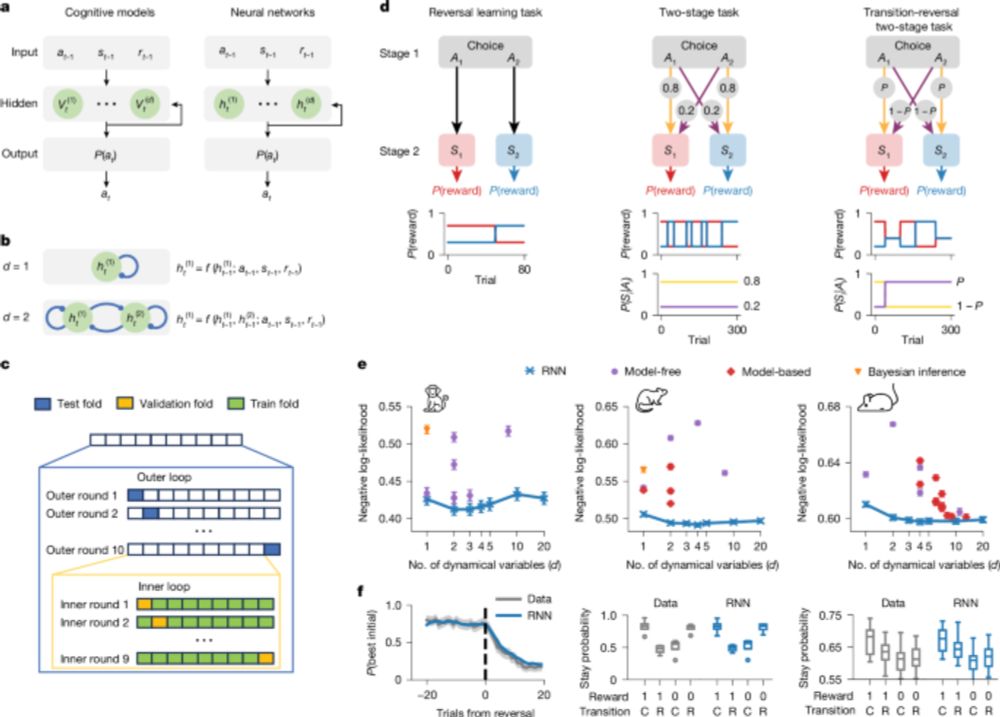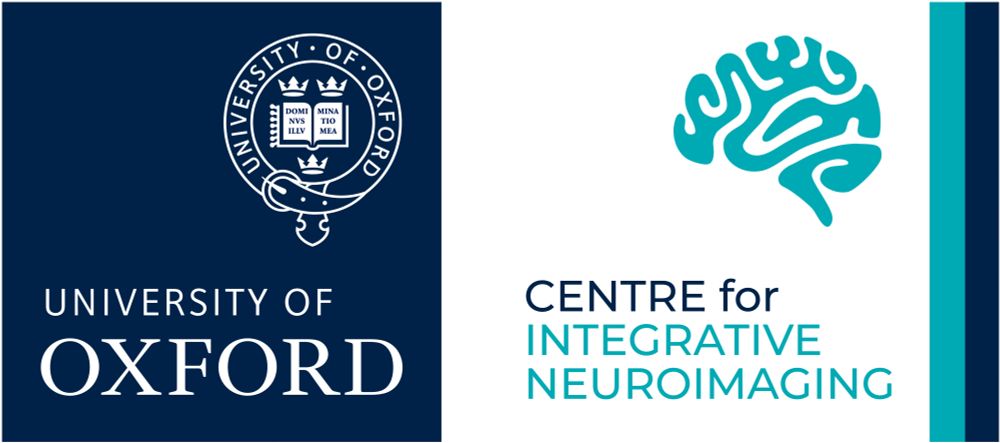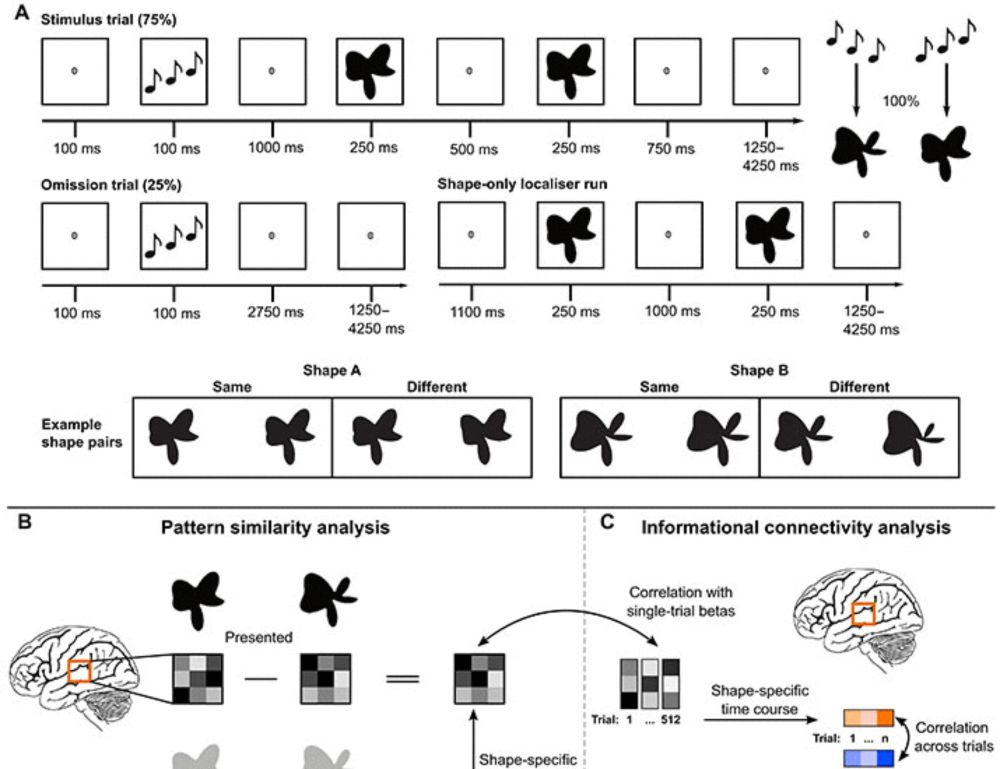Deng Pan
@dengpan.bsky.social
180 followers
160 following
12 posts
DPhil(PhD) student @ox.ac.uk, @oxexppsy.bsky.social studying #CognitiveNeuroscience | B.S. from @pku1898.bsky.social.
Website: https://www.psy.ox.ac.uk/people/deng-pan
Twitter: https://x.com/DengPan18
Posts
Media
Videos
Starter Packs
Pinned
Reposted by Deng Pan
CMC lab
@cmc-lab.bsky.social
· 13d
Reposted by Deng Pan
Reposted by Deng Pan
Reposted by Deng Pan
Reposted by Deng Pan
Deng Pan
@dengpan.bsky.social
· Aug 30
Deng Pan
@dengpan.bsky.social
· Aug 28

Deng Pan 潘登 on X: "🚨We believe this is a major step forward in how we study hippocampus function in healthy humans. Using novel behavioral tasks, fMRI, RL & RNN modeling, and transcranial ultrasound stimulation (TUS), we demonstrate the causal role of hippocampus in relational structure learning. https://t.co/2x3Efdrr57" / X
🚨We believe this is a major step forward in how we study hippocampus function in healthy humans. Using novel behavioral tasks, fMRI, RL & RNN modeling, and transcranial ultrasound stimulation (TUS), we demonstrate the causal role of hippocampus in relational structure learning. https://t.co/2x3Efdrr57
x.com
Deng Pan
@dengpan.bsky.social
· Aug 28

Causal necessity of human hippocampus for structure-based inference in learning
When meeting new individuals or encountering known individuals in new circumstances, we intuitively map out their relationships – not merely by direct experience, but by quickly inferring new connecti...
www.biorxiv.org
Deng Pan
@dengpan.bsky.social
· Aug 28
Deng Pan
@dengpan.bsky.social
· Aug 28
Reposted by Deng Pan
Reposted by Deng Pan
Reposted by Deng Pan
Reposted by Deng Pan
Reposted by Deng Pan

